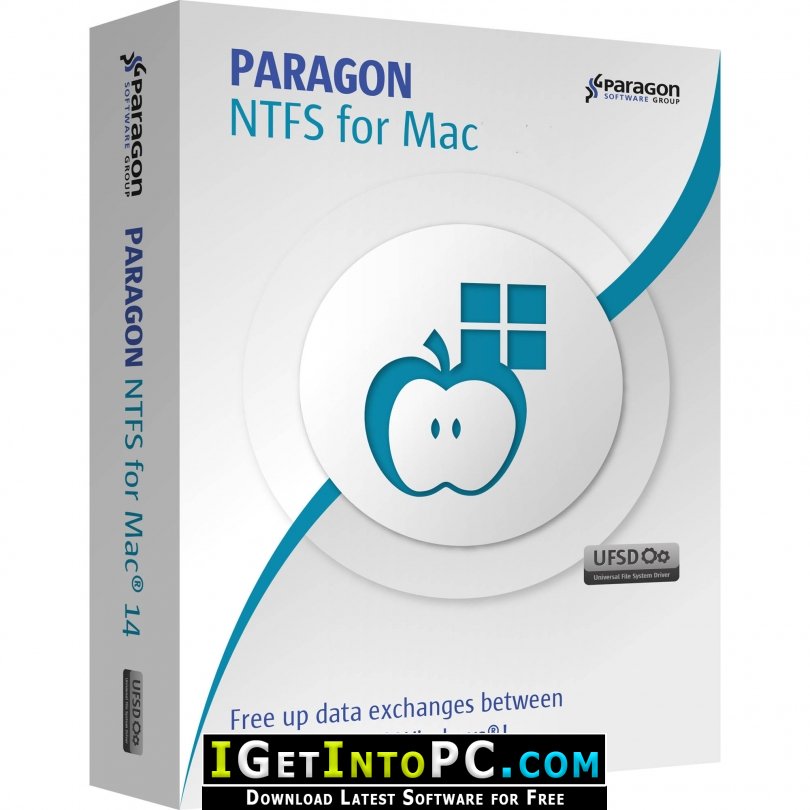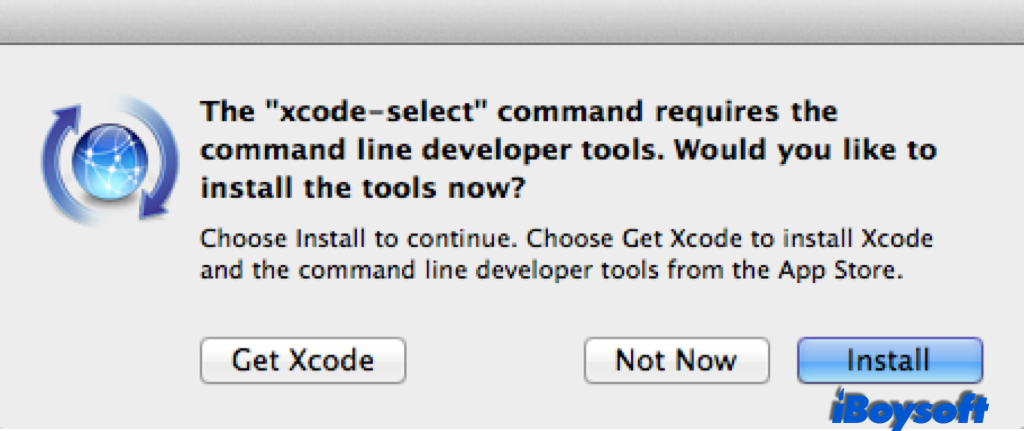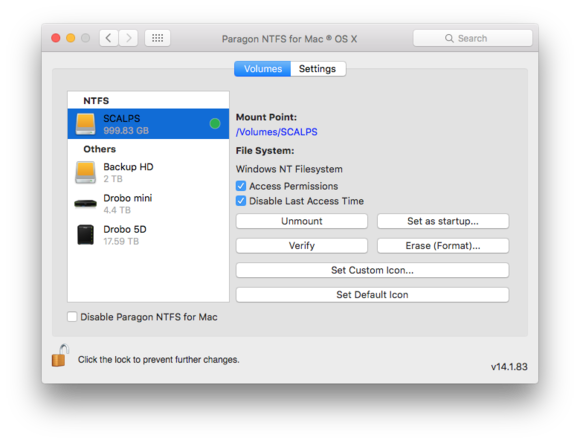May 29, 2020 NTFS-3G is an open-source project from Tuxera, so the public can download this NTFS for Mac free software to write to Windows NTFS drives on your Mac computers. Set aside its advantage for being free, NTFS-3G is complained a lot because of its poor performance. Some main drawbacks of this free NTFS for Mac are listed below: Complicated. Nov 19, 2019 The utility is a perfect replacement for other free Mac NTFS drivers because it offers free technical support. It can easily be installed and allows free upgrades for life. Using the software to transfer files between Mac and NTFS drive, as well as writing on NTFS drives, is easy.
Finally, after nearly 20 years, Apple has transitioned frommacOS 10 to macOS 11. And now it’s macOS Big Sur – again after a Californianlandmark. The Big Sur brings an iOS-like UI interface, along with increasingthe speed and function of compatible machines. So now, if you are those who useboth Windows and macOS, you are probably wondering whether this update can letyour Mac write to Windows NTFS external drives. The truth is not a single wordis mentioned about the cross-platform compatibility issue in macOS Big Sur.
Through this guide, I will explore for you how to write toNTFS drives on macOS Big Sur.
Why can’t macOS just write to NTFS drives on Mac?
What is NTFS? NTFS (New Technology File System) is thedefault file system in Microsoft Windows since the 90s. The thing is, although Applelargely has support for Windows formats, like exFAT and FAT, write support toNTFS drives is disabled over decades. That means, when you plug an NTFS formattedexternal hard drive in Mac, you are not able to save files to the drive or editexisting files in there.
How to write to NTFS drives on macOS Big Sur?

There are several ways to do so. You can use third-partysoftware or enter a line of code. Let’s have a look at these options:
Solution 1: Use third-party NTFS for Mac utility
There is a bunch of software that offers you the completeability to read and write to NTFS format on Mac. You can search for it from theinternet and start using that. But I prefer to use iBoysoft NTFS for Mac (compatiblewith macOS Big Sur).
After a simple installation, you can just connect your NTFSdrives on Mac and then the drive will be automatically mounted in read-writemode. With the help of this NTFS driver, you can edit, copy, delete NTFS filesfrom your Mac computer. I can say that iBoysoft NTFS for Mac has the simplestand fastest process among other third-party software.
iBoysoft NTFS for Mac can be download for free for a 7-daytrial version, and then for purchase at $19.95 for a lifetime license.
Solution 2: Enable Mac writing to NTFS drives using Terminal
Apple actually allows you to write on NTFS drives, but thisis an experimental feature that is off by default. It can be switch on but thisshould be taken with a grain of salt. You can do this with Terminal by enteringsome complicated command lines. You can try your luck with the following steps:
Warning: This method is not recommended as it is unstableand not officially supported by Apple. It probably will corrupt your NTFS driveor come with the necessary risks. So please back up your important data beforefollowing these steps.
Step 1: First of all, you need to eject the external harddrive on Windows and rename the NTFS drive with a one-word name.

Step 2: Launch a Terminal. You can open it by navigating to Application > Utilities > Terminal.
Step 3: In the Terminal window, type the following commandand then enter admin password:
sudo nano /etc/fstab
Step 4: Enter the following command. Remember to replace theNAME with the label of your NTFS drive.
LABEL=NAME none ntfs rw,auto,nobrowse
Step 5: Once the command above is applied, you can savechanges by pressing Command + O. Then hold Command + X to close the Terminal.
Step 6: Plug your NTFS external drive on Mac. If the driveis connected, please re-plug them into Mac.
Step 7: To access the disk, you can click Go then Go tofolder. Type /Volumes into the box. You can now write to the NTFS drive asyou want.
Conclusion
This post has explained two solutions to write to NTFSdrives on macOS Big Sur. You can use a third-party NTFS driver or enable Appleexperimental support to save some money. I have to say that the best bet forease of use will clearly be iBoysoft NTFS for Mac. But if you are comfortablewith Terminal, you can follow the solution 2 and enter some command lines tosee if it meets your needs.
One of the most usual problems encountered in file transfer between Mac and PC using a disk has something to do with disk format. Windows natively support the FAT and NTFS files systems, while Mac uses Apple File System and macOS Extended as the default file system. It’s well-known that Apple macOS has limited support for hard drives formatted in NTFS. When you insert an NTFS external drive in your Mac, you can only read from but not to write to the drive. In other words, you can only open and view all the files on an NTFS disk, but you can’t change them in any way, nor can you copy new files to NTFS format disks.
Wondering how to write to NTFS drives? The following will show you three solutions in detail.
Solution 1: Use paid NTFS drivers
The easiest way to bridge the gap between formats is to use third-party software. There are various apps available online that have been developed for this incompatibility issue. Some are free, but they may be difficult to set up and less reliable. So we highly recommend paid ones as they are safer and require any computer skills.
iBoysoft NTFS for Mac is the fastest NTFS driver I have ever used. It gives your Mac the ability to read and write to NTFS drives. With the software, you can delete, rename, add files and folders on NTFS formatted drives on macOS Catalina and earlier. It delivers blazing-fast read-write access to NTFS hard drives with a speed of up to six times more that of other competitors.
The program can also be used as a disk manager that enables you to unmount, erase, check and repair NTFS disks within one click. Besides handling NTFS drives, iBoysoft NTFS for Mac also impress you by formatting FA32/exFAT/HFS+/APFS drives to NTFS.
iboysoft-NTFS-for-mac-Catalina
Step 1: Download and install iBoysoft NTFS for Mac on your Mac computer.
Step 2: Plug the NTFS drives on your Mac. Once the drive is detected, a Finder window with its content will pop out. Then you can read and write to NTFS drives as you wish.
Solution 2: Use free NTFS drivers

FUSE for macOS is the most famous free NTFS driver that can let you extend the list of file systems handled by your computer. Once installed, it automatically mounts NTFS drives on Mac in read-write mode.
Note: this method will be very technical and tedious. During the process, you have to temporarily disable System Integrity Protection that is a risk for your operating system. Yandex browser download macos.
Step 1: Download FUSE for macOS from https://github.com/osxfuse/osxfuse/releases
Step 2: Download and install Xcode command-line tools.
- Open a Terminal window from Finder > Applications > Utilities and run the following command:
Xcode-select –install
- Click “Install” when you’re prompted to install the tools. Follow the wizard to complete the installation process.
install-Xcode
Step 3: Download and install HomeBrew.
- Go to Finder > Applications > Utilities > Terminal.
- Copy and paste the command line (Provide your password when prompt):
Step 4: Install NTFS-3G for Mac. Copy and paste the following command line, then hit Enter.
Step 5: Disable SIP (System Integrity Protection). If you want to automatically mount NTFS drives in read-write mode.
- Enter into Recovery Mode. Restart your Mac and press Command+R while it’s booting.
- Launch Terminal from the utility menu in Recovery Mode.
- Type in the command line and hit Enter.
csrutil disable
disable-sip
- After your Mac successfully disabled SIP, you need to restart the machine.
Step 6: Read and write to NTFS drives.
- Open Terminal again.
- Copy and paste the following command line and hit Enter:
Step 7: Re-enable SIP. To ensure the security of your Mac, you should enable SIP after the above operations. Hold Command+R while rebooting your computer. Then launch Terminal in Recovery Mode and run csrutil enable.
Writing Ntfs For Mac Iso
Solution 3: Enable NTFS drive write support natively
Actually, NTFS write access can be enabled natively by running some command line. But this solution is unsupported officially by Apple, which may work unstably and cause data corruption. Please back up your important data first. Within this in mind, let’s proceed.
Step 1: Connect an NTFS drive to your Apple computer.

Step 2: Go to Finder > Applications > Utilities > Terminal and type in the following command: (Enter your password when prompt)
sudo nano /etc/fstab
apple-NTFS-write-support-step-2
Step 3: You will see the fstab file that is blank. Then enter the following command (Remember to replace “VOLUME_NAME” to the name of your NTFS volume):
Ntfs Driver For Mac
LABEL=VOLUME_NAME none ntfs rw,auto,nobrowse
apple-ntfs-write-support-step
Step5: Reconnect the NTFS drive to your Mac. You will notice the drive does not show in the Finder or desktop.
Step 6: Select “Go” and choose “Go to Folder” from the top left Finder menu.
Ntfs Writer For Mac Free
Step 7: Type in /Volumes and hit Enter.

Write Ntfs Mac High Sierra
apple-ntfs-write-support-step
Writing Ntfs For Mac Os
Read Also:
Conclusion
This article has introduced you three general options to write to NTFS drives – free NTFS drivers, paid NTFS for drivers, and Apple experimental NTFS-write support. Free and open-source NTFS drivers for Mac take a bit of work to install and they are slower than paid ones. It’s full of risk to Apple experimental NTFS-write support as this method is not stable. Therefore, using paid NTFS for Mac apps like iBoysoft NTFS for Mac is the easiest way to read/write to NTFS drives on Mac. This software really surprises me for its fast speed in reading and writing to NTFS drives.
